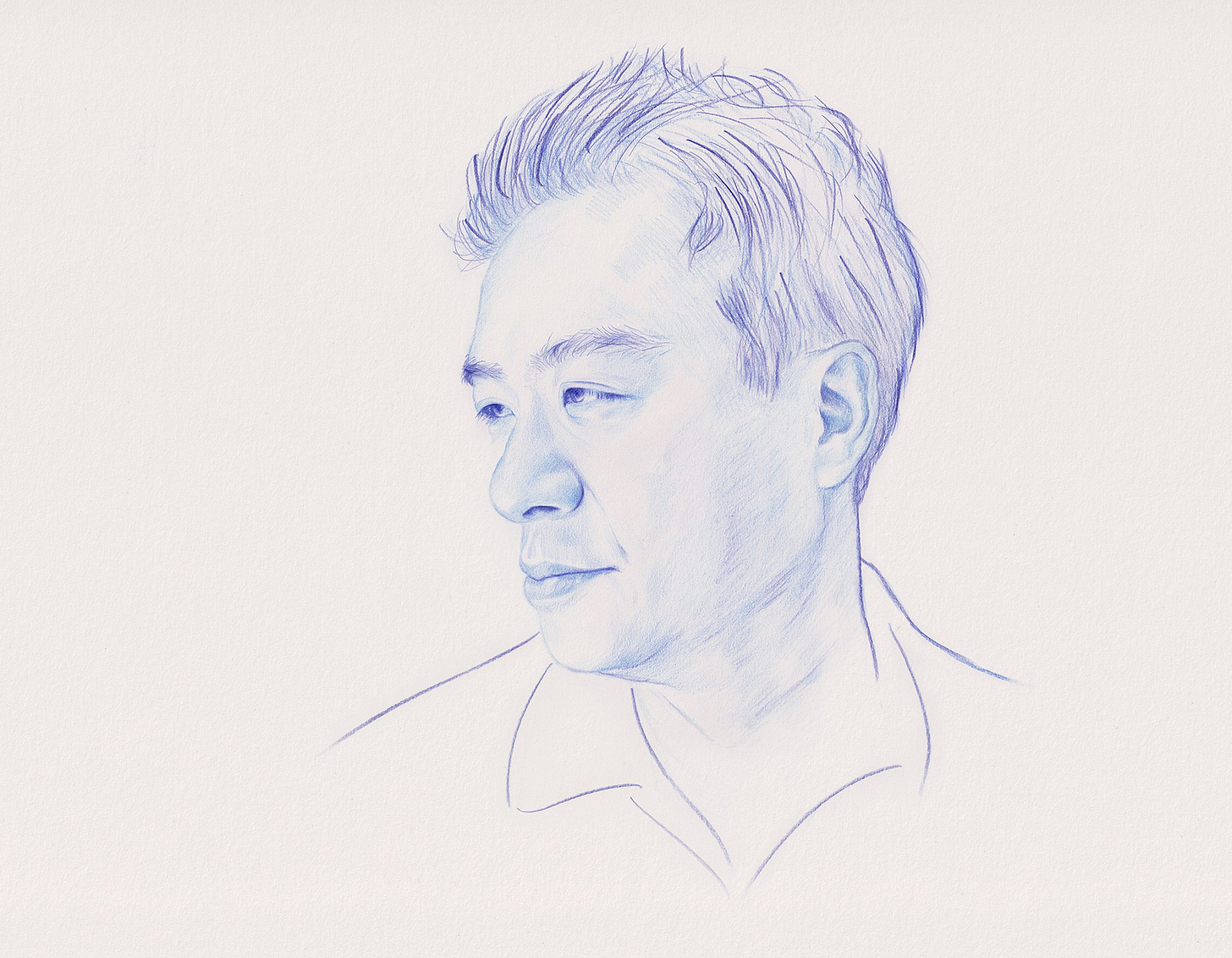Capital: Ben Sun
Ben Sun has built Primary Venture Partners into one of New York’s marquee firms. His ultimate goal? Building the best seed fund in the world.
There are many ways to win at the game of venture capital.
You can invest early and often, building an index of promising bets. You can back companies late and move deliberately, minimizing risk. You can double and triple down into your winners or deploy all of your capital upfront. You can use your management fees to build …

